Thoughts for the constant evolving and demanding AEC Industry.
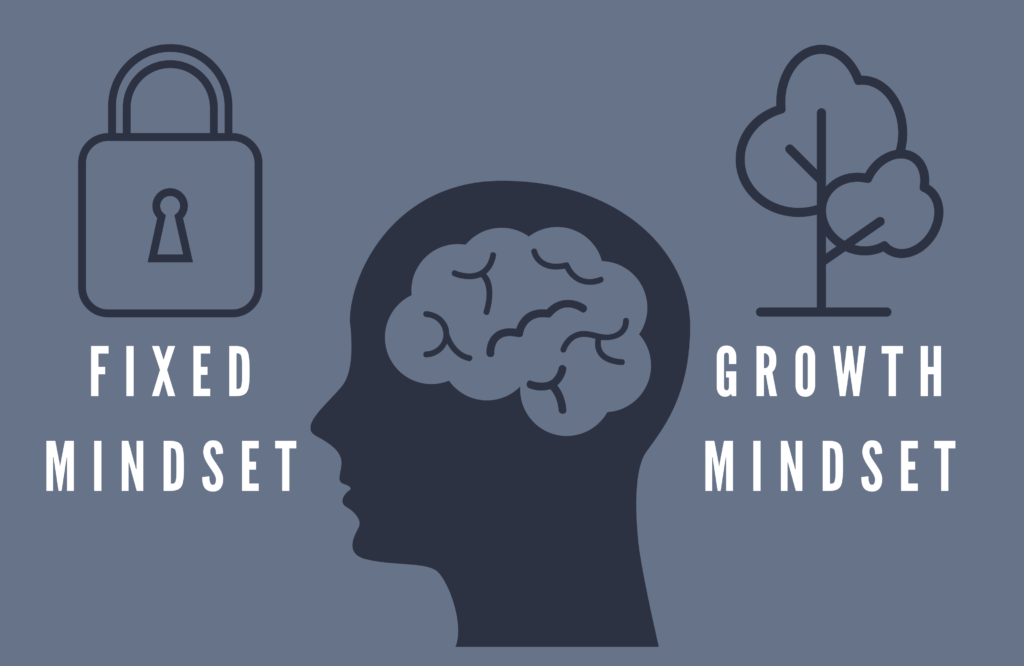
Recently, I read a book called “Mindset: The New Psychology of Success,” by Carol S. Dweck. Carol is a renowned American psychologist focused on the psychology of mindset for social development. She has taught at prestigious universities such as Columbia, Harvard, University of Illinois and Stanford. This book and research could be referenced as her major work and legacy to our society. The book explains her studies into what she calls the “fixed mindset” and the “growth mindset.” The fixed mindset believes that individuals have fixed traits. They are smart or not smart, socially talented or socially awkward, good at sports or not good at sports, and so forth… The fixed mindset takes an action: “I succeeded/I failed into an identity therefore I am successful/I am a failure.” On the other hand, the growth mindset recognizes the reality of the present traits both in strengths and weaknesses. However, it also recognizes these can be changed and cultivated farther than we expect to an unknown potential of our current self. Failures in the growth mindset are defining moments where a problem is faced and dealt with, creating a learning experience which benefits the individual or the organization. Triumphs are moments of enjoyment for our effort, discipline, and ability to cultivate our traits and learn.
The AEC industry is a never-ending evolving industry that is constantly challenging the status quo and requires adaptation. Architects, Engineers, and Contractors are always learning something new. Whether we are working on our soft skills, how to communicate more efficiently, learning how to better collaborate with others, getting familiar with the latest and greatest products, new software, code provision changes, and the list goes on… You name it!
So how does our mindset affect our industry? If we are not growing, learning, and improving then chances are that we are thinking fixed. If we are thinking that we and the people around us do not have the ability to change and improve beyond our current state of skills and talents then chances are that we are thinking fixed. Instead of being on an exciting journey, we think we have arrived. Or we feel frustrated that we haven’t arrived and we don’t engage in learning more. Both have negative consequences. We tend to look for straight forward answers instead of engaging in the process and bringing the best out of it. If the best answer was a straightforward one, awesome. But at least you engaged in the process and you considered different ways. The growth mindset can benefit everyone in the AEC industry as we collaborate and learn from each other.
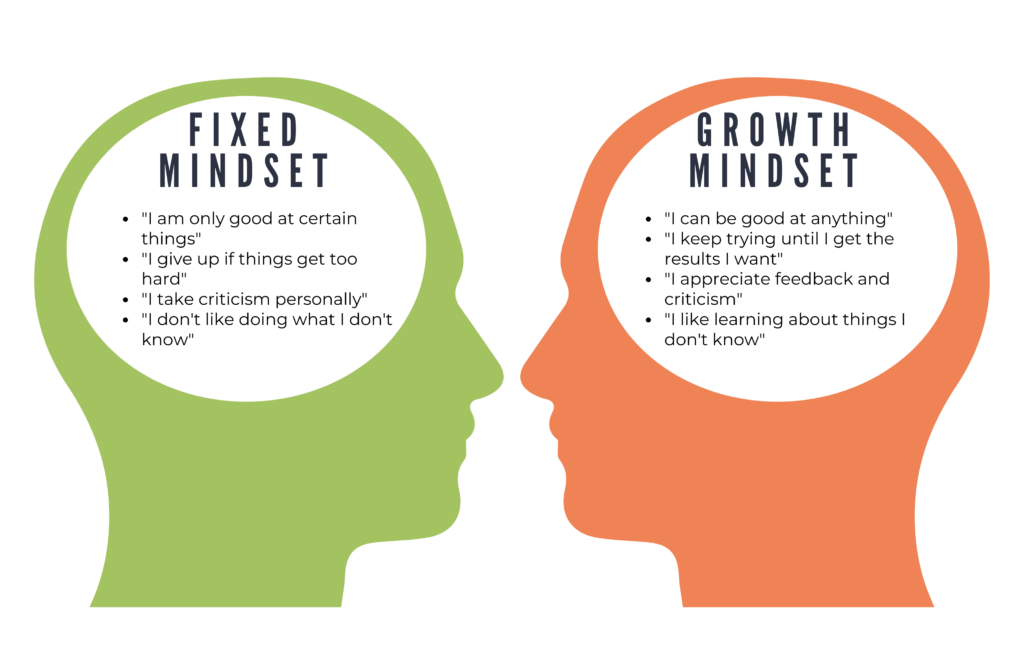
The growth mindset goes a long way for individuals in the AEC industry because it requires you to bring the best of yourself. People tend to be more appreciated by growth thinkers than fixed thinkers, which consequently fosters better relationships, better communication, and increases collaboration between organizations and individuals. Having a growth mindset can definitely improve the experience of your teammates internally (within your organization) and externally (when working on a team of consultants and contractors).
At Dunn Associates I often hear the phrase “We are the sum of the product of our experiences”. I deeply believe that Dunn Associates clearly has the growth mindset perspective in mind when this phrase is quoted. The reason being is because of the reality that the fixed mindset is not resilient. The fixed mindset is only good in the good times and has a difficult time coping with challenges when learning and improvement is required to rise from difficult experiences or face new problems. On the other hand, the growth mindset thrives on the excitement for new challenges and opportunities to expand the current state of knowledge, skills and traits. The growth mindset also welcomes constructive feedback as this is key for growth.
Let’s put things into perspective. The first version of Revit launched in the year 2000, not too long ago. Back in the day, everything was mainly drafted in 2D AutoCad. AEC consultants started the shift toward Building Information Modeling (BIM), using Revit as one of the main propellers of the movement. Growth-minded consultants were excited about the productivity and enhancements from working in 3D. 3D modeling brought better coordination and increased the quality to the drawings produced. Although there was a learning and adaptation curve, to afford this was second nature to their mindset and they embraced the process of transitioning the industry into BIM. Nowadays, 20 years later, doing consulting business in 2D is considered old-fashioned and in most cases is seen as behind the times. Furthermore, there are rare cases when one stumbles across hand drawn shop drawings in the midst of the XXI century. Although I have admiration for hand-drawn drafting, this could be an example of how the fixed mindset can affect a business that is already operating at another more advanced and progressive level. Hand-drawn sketches are still powerful ways of communicating schematic concepts and for brainstorming ideas. Being growth-minded recognizes the good in the classic, as well while being open to new technology. The BIM era also brought rendering along with it. Nowadays, we can have a nice picture of what the finish line will look like. Owners can be more engaged in the appearance of the finished product and cities also get a clearer picture of what they are able to accept. With the advancements of virtual reality this is also starting to gain traction in the AEC industry. VR rooms can help an owner or architect walk and feel inside the building. They can start feeling how their bodies feel as they access potential design spaces and look at architecture.
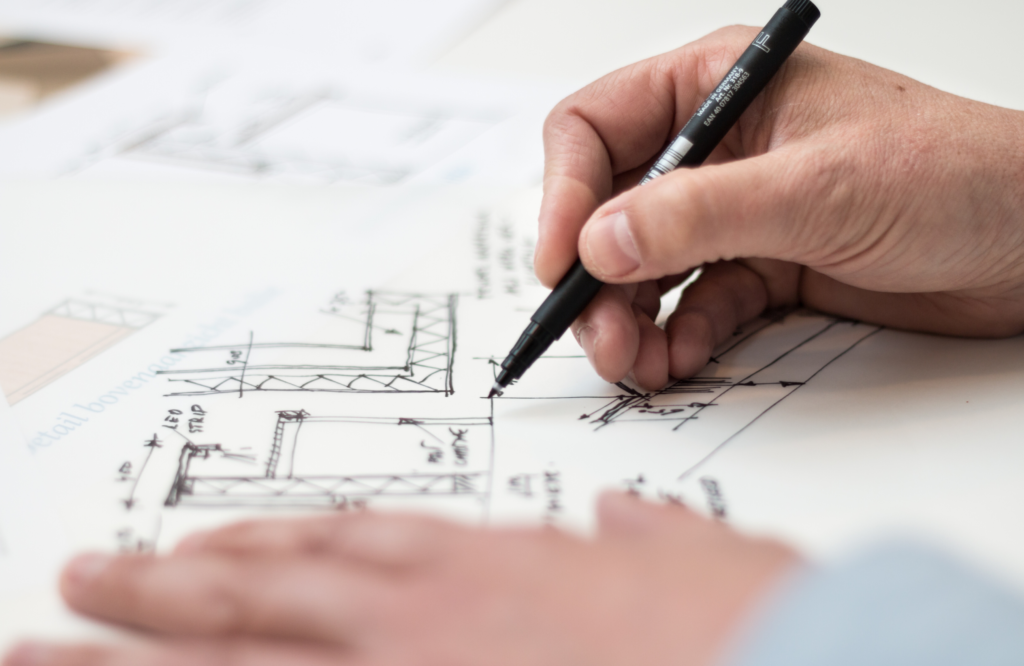
Another example is how the process of Construction Administration is handled. Gone are the days of CA mailed correspondence for review. Currently, CA is handled through online platforms such as Procore, Viewpoint, and others. Submittals are reviewed in PDF format using review and marking software (for example Bluebeam) to comment among consultants and contractors. Submittals (permit sets, conformance sets, addendums, ASI, etc.) are almost done 100% electronically. Coordination meetings to discuss RFIs and field fixes can often be resolved by hosting an online meeting using one of the numerous video conferencing platforms available. I may be exaggerating, but perhaps drone site visits are going to be available in the future for certain applications.
The field of Consulting Structural Engineering has seen unprecedented advancement in the way buildings are analyzed and designed. We went from slide rules, to calculators, to computer analysis software. This is similar to what happened with drafting – going from hand-drawn, to 2D CAD, to 3D BIM. The way we analyze buildings has changed as well – we went from an Equivalent Lateral Force System (a method in which a dynamic force is simplified to a static force), to modal analysis (a method that uses advanced structural dynamics to solve for “mode shapes” to get an understanding of periods and frequencies in order to design for forces that are correlated to these periods and frequencies by using a site design spectrum), to non-linear time history analysis and its different variations. Currently, the state-of-the-art uses non-linear time history analysis to design structures to target performance objectives beyond code minimum. Similarly, existing structures can be analyzed to determine the existing level of performance. This is known as Performance-Based Design (PBD).
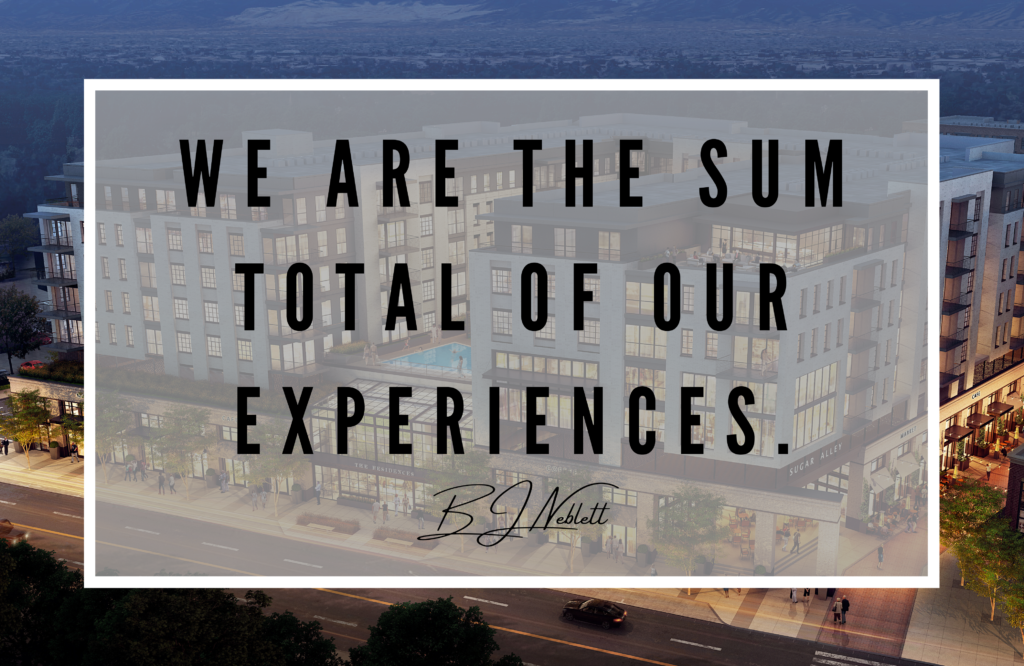
It is evident that the AEC is an industry is constantly moving, creating new opportunities to expand our current skillset and demanding adaptability and expansion. Having the wrong mindset can be detrimental and unsustainable to thrive amidst the changes and demands of the present and what is coming in the future. I recently watched Elon Musk (CEO of Tesla, SpaceX and founder of PayPal) in an interview where he mentioned that people are “self-limiting”. In Carol’s words they do not have a growth mindset. Musk noted that people are always capable of achieving more than they think. Their potential is usually farther and greater than they can imagine. Self-limitation prevents people from trying difficult things and staying with what they think they are good at instead of pursuing something new and growing. I hope you consider the growth mindset as it is a more resilient mindset that will make you a better architect, engineer, or contractor. And remember “We are the sum of the product of our experiences.” Now go out there (maybe after COVID 19 is over, for now do social distancing and keep it indoors) and start thinking growth so that you and those around you can start pushing the envelope and reach your true potential.
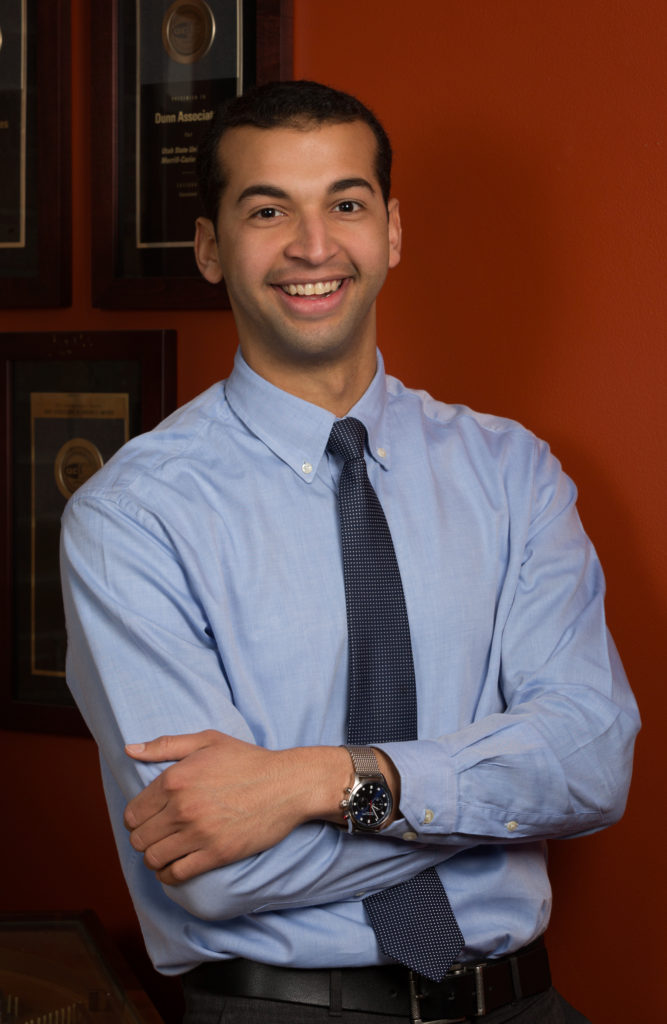
Victor is one of our incredible Project Engineers. He likes to enjoy the outdoors by either hiking or camping. In the winter time, you can find him snowboarding and enjoying the mountaintop views while getting some adrenaline from going fast downhill.
“Every once in a while I like to try something crazy, like skydiving.”